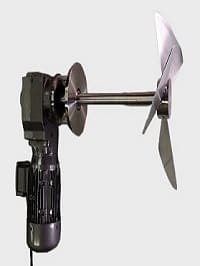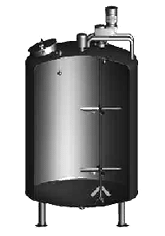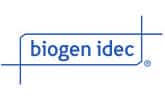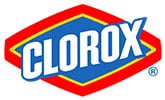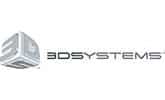HUNDREDS OF TOP ENTRY MODELS TO CHOOSE FROM
- Large Scale Turbine Agitators
- 1 Liter Lab Mixers to 10,000gal+ Agitators
- Top Entry Mixers for sanitary agitation, food, chemicals, biofuel blending
- Side entry mixers for blending in large storage tanks Click here for side entry mixers
- Open top agitators, Flanged and Tri Clamp sealed mixers, Bottom Entry Agitation Click here for Sanitary Mixers and Agitators
- Low shear mixing to aggressive high shear homogenizing and dispersing
- Multishaft agitation and mixing systems for viscous creams, pastes, paints
- Tank agitators in stainless steel, Hast C, Titanium Exotic allows, and coatings available
- True mixer duty mechanical seals in single, double, and gas seal arrangements
- Frac tank agitators for large scale mixing
- Tanker truck tank mixers for milk tankers and chemical transport containers
Top Entry Industrial Mixer Critical Speed
Critical Speed is the rotational speed at which a top entry shaft mixer vibrates dangerously and can cause serious equipment damage. Every rotating shaft has a critical speed at which the natural harmonics of the shaft begin to build and increase the shaft deflection to the point where parts of the mixer may contact the mixing vessel. The mixer critical speed is determined by the material of the shaft, shaft diameter, positions and types of impellers and the type and spacing of the bearings. Critical Speed is best determined by the mixer manufacturer and is recommended to operate at least 20% away from that speed. Most top entry industrial mixers run at 80% or less of Critical Speed although some portable mixers may actually operate above the critical speed. As long as the speed ramp up is quick enough, the critical speed may be passed through safely.
WMProcess offers assistance on mixer sizing, tank geometries, optimizing your agitator for use with/without tank baffles and/or steady bearings, and we love to help with custom mixer applications – send us any of your inquiries and questions as we are happy to help.
Top Entry Industrial Mixer Torque
Mixing torque is the twisting force applied to an agitator shaft and impeller assembly. Having too little torque for blending will setup poor mixing and a mechanically unstable mixing system. Motors apply Torque through a drive system, into to a rotating shaft in order to achieve rotation in Top Mount Mixers. Torque is calculated by the amount of applied Horsepower (HP) to a shaft at a rotational speed (RPM). The type of impeller and the density of the material will determine the amount of applied HP required for a particular set of conditions. When designing a gear drive mixer, an application engineer will evaluate what mixer HP, speed, impeller size/type will be used to provide the mixing process results.
Depending on the mixer output speed, a gear ratio will be picked to provide the proper mixer speed and torque to handle the mixing application. The mixture viscosity, density, solids % and volume of the tank will all be included as variables in mixer sizing.
The higher the torque required for agitation, usually means the higher cost of the industrial mixer.
Torque per unit volume is often used in scale up and scale down applications. Torque in in-lbs is equal to (mixer hp / mixer rpm) x 63025.
So Torque is a key variable used in the process and mechanical design of top entry agitators. Blender torque is also used to design the tank nozzle for the mixer mount.

